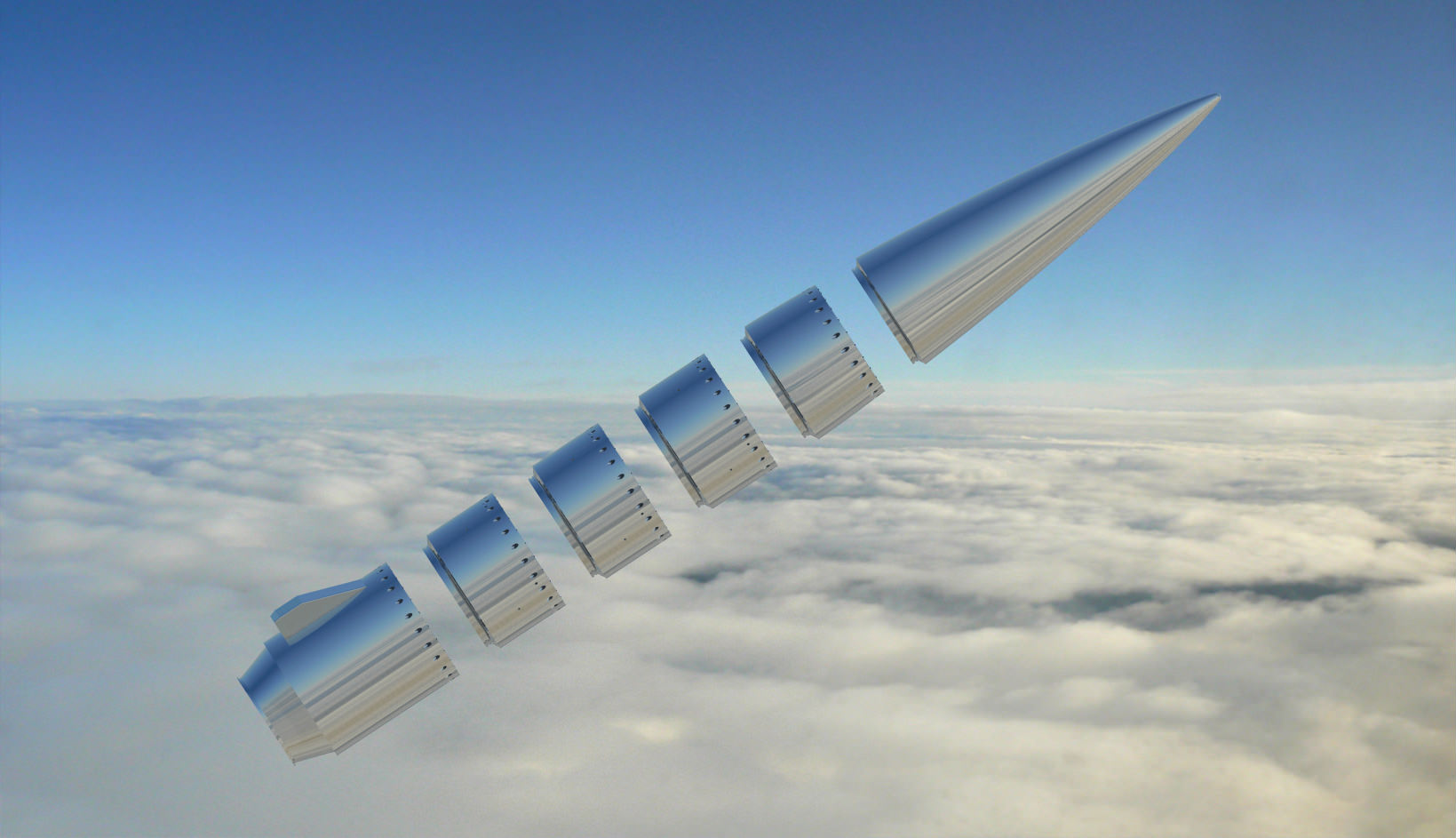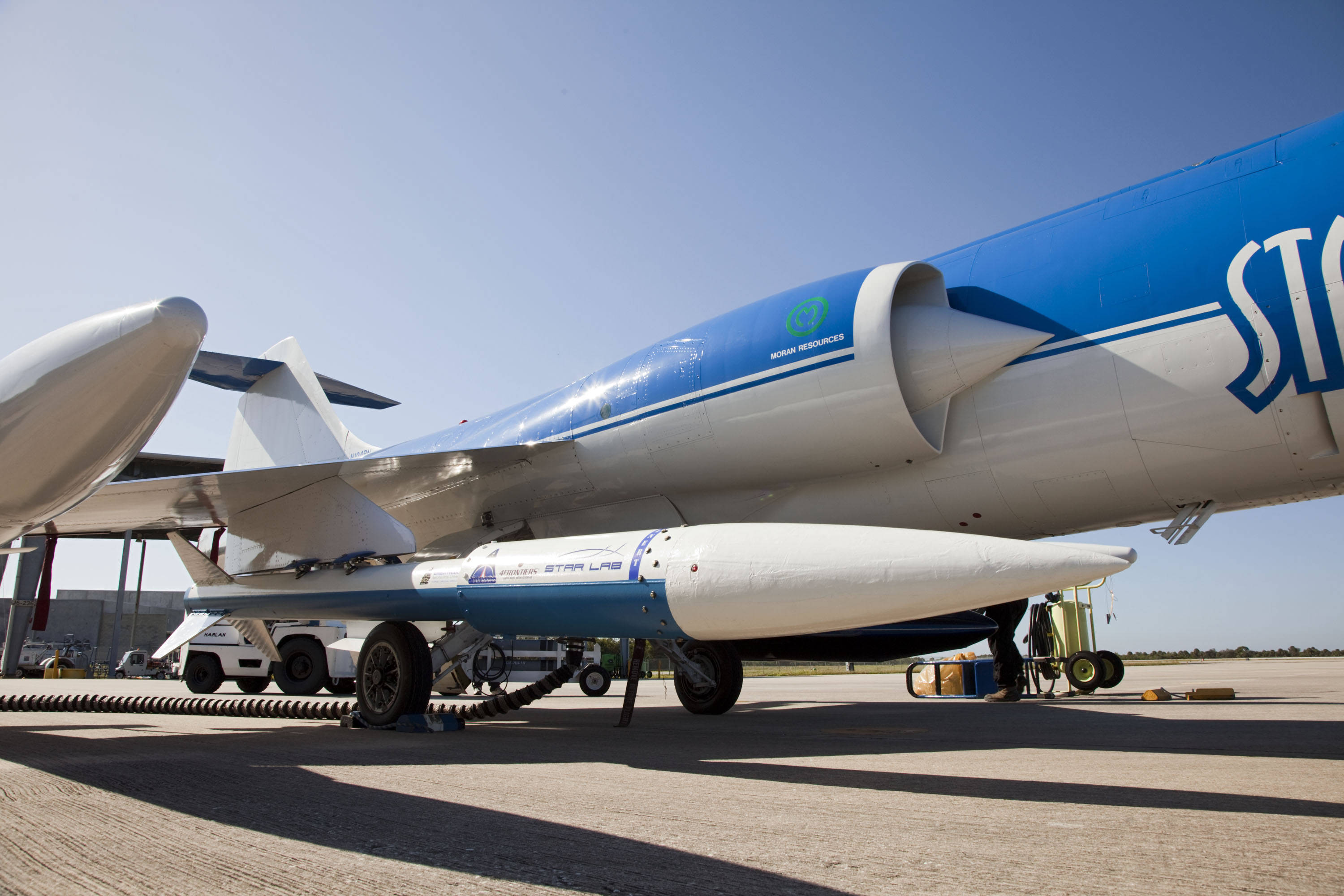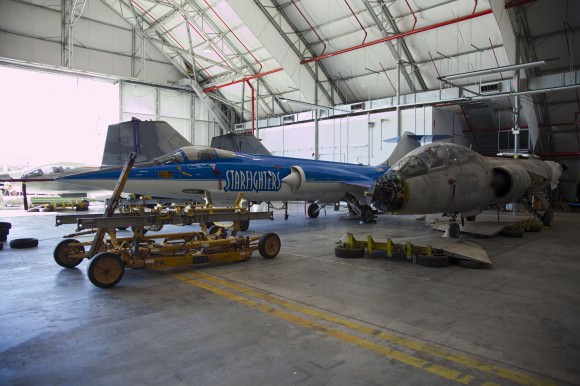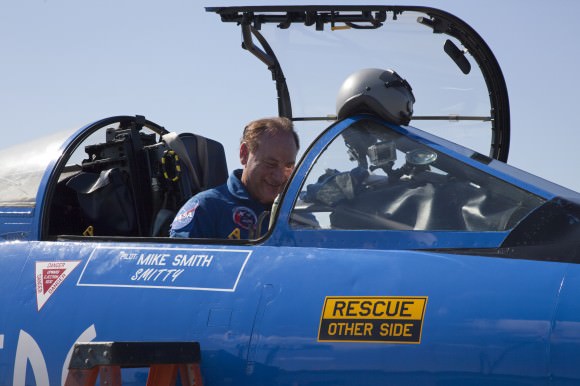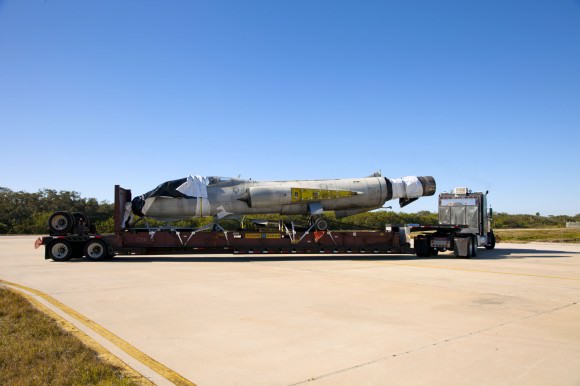[/caption]
Star Lab, the next-generation vehicle for suborbital experiments developed by the Florida-based 4Frontiers Corporation, is well on its way toward its first successful flight — and it’s looking for payloads.
First reported on Universe Today by Jason Rhian in November of last year, Star Lab consists of stacked and subdivided cylindrical sections customized to hold scientific experiments. Contained within a rocket vehicle affixed to the wing of a Starfighters, Inc. F-104 supersonic aircraft, Star Lab will be launched during flight to attain an altitude of about 100 km, going suborbital and achieving 3 1/2 minutes of microgravity before descending.
“If Star Lab proves itself viable this could open the door to a great many scientific institutions conducting their research by using the Star Lab vehicle,” Mark Homnick, CEO of 4Frontiers Corporation, told Universe Today in November.
(Read Science On The Wings of Starfighters by Jason Rhian)
A high-purity environment within the Star Lab compartments will ensure no contamination from the outside can interfere with payloads contained within, making Star Lab suitable for both non-organic and bio-med experiments.
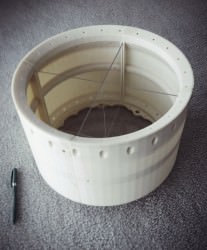
Alternatively, the payload compartments can be made accessible to the external environment, allowing for atmospheric sampling.
After descent, Star Lab will splash down into the Atlantic and be retrieved by ship. Clients can expect to have their payloads returned within a 24-hour period — a quick turnaround especially essential for biological experiments.
In addition, Star Lab payloads can be accessed up to 24 hours before launch, allowing for any last-minute adjustments, minor installations or fine tuning.
Currently Star Lab is moving into its flight test phase of development, when the F-104s will go through a series of incremental tests up to and including an actual launch of the vehicle. This will determine how well it handles the stresses of flight and how to best — and most safely — perform the actual launch, slated for September 2012.
A maneuver only ever executed in military operations, Star Lab will become the first commercial vehicle to be launched from an aircraft.
(Read StarFighters, Inc. – The Supersonic Research Fleet Expands by Tammy Plotner)
Star Lab has 14 contracts signed for payloads at this time, and is right now working on a partnership with the payload-specialist company Kentucky Space to co-develop a successful market for bio-med experiments.
“We are looking for payloads… we’re real, we’re viable, and we have the best deal that I know of in respect to costs and what we provide,” Homnick said during an interview on March 15, 2012. “We’ll have the lowest cost and the highest launch rate, anywhere.”
At this point, signups with Star Lab require only a signature… no payment is required until the vehicle is proven.
“There’s even a contingency in there… we have to show with our prototypes that we are launching in the summer that they actually perform,” Homnick added. “One, they have to reach the altitude — over 80 kilometers — and two, we have to return the payloads for our prototype. And then, after all that, they would actually pay us… half up front, and half after launch.”
And if that’s not a good enough deal, the state of Florida is helping pick up some of the bill.
Under NASA’s Florida Space Grant, commercial ventures taking place in Florida are subject to a rebate program. Once a payload is launched, Space Lab customers can receive a refund from Space Florida of 1/3 of their cost.
Starting at $4,000 (after the Space Florida rebate), including integration and return costs, getting an experiment suborbital has never been so cost-effective.
“The whole concept is to make it really inexpensive and convenient to fly a lot of payloads,” Homnick said. “With ten launches a year, and up to thirteen payloads per launch, there’s a high launch rate.”
And with such convenience, Star Lab will help get the future of space research off the ground — literally.
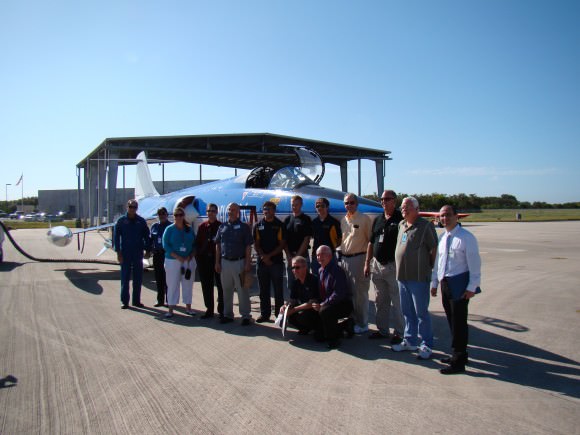
“We’re real, we’re viable, and we have the best deal that I know of… we’ll have the lowest cost and the highest launch rate, anywhere.”
– Mark Homnick, CEO of 4Frontiers Corporation
4Frontiers will be at the Space Flight Payloads Workshop on Friday, March 23 at the Florida Solar Energy Center from 10 am to 5 pm. See more about Star Lab and what’s coming next from 4Frontiers here.
4Frontiers Corporation, the principal developer of Star Lab, was founded in 2005 in Florida, USA. 4Frontiers is an emerging space commerce company focused on developing fundamental space-related capabilities and resources essential for a long-term human presence in space. 4Frontiers will address the potential of the four most promising space frontiers: Earth orbit, the Moon, Mars and asteroids.

